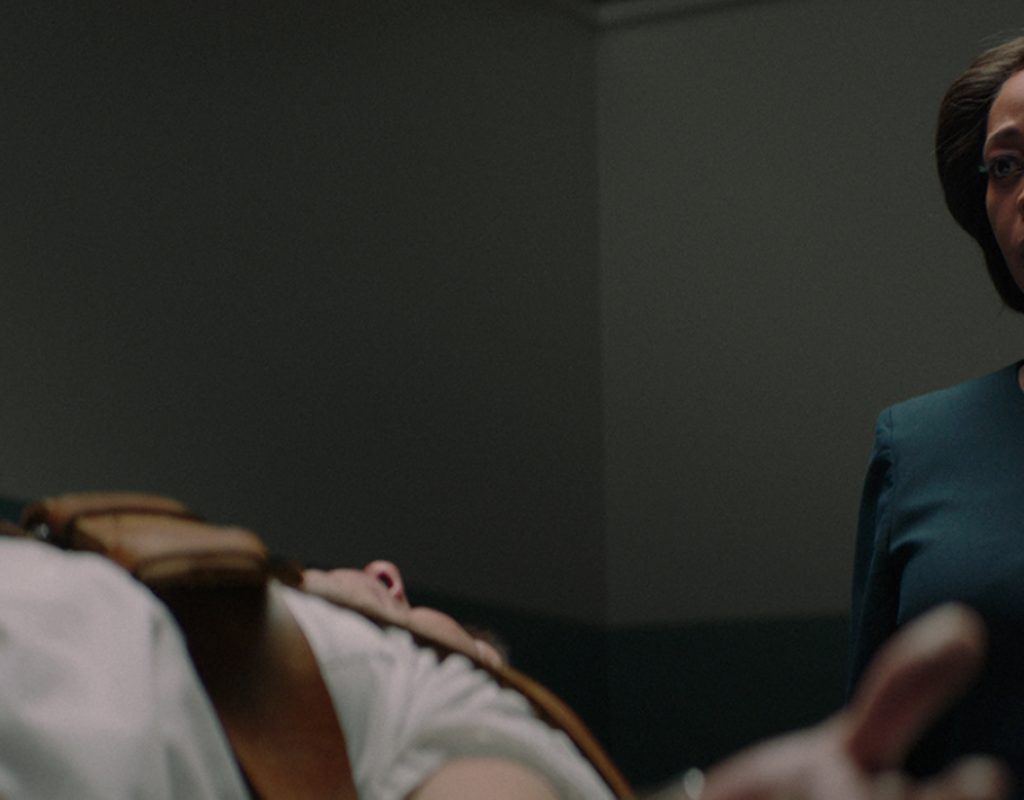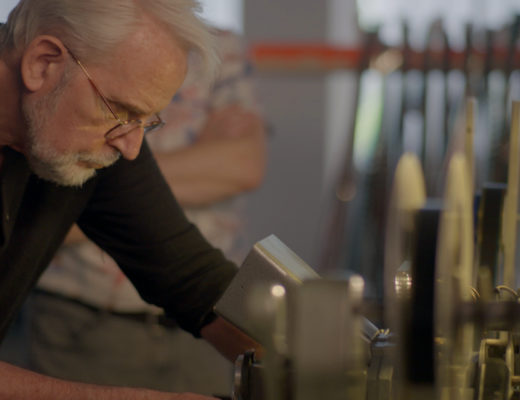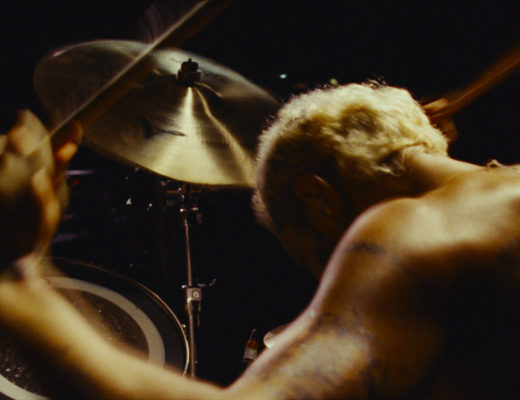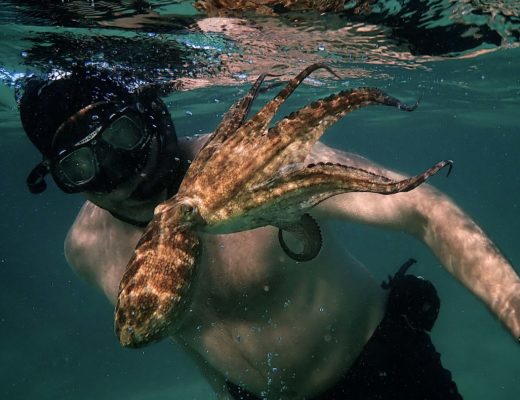Phyllis Housen, ACE has been a feature film editor since the early ’90s, including Cargo, To Whom it May Concern, and Dream for an Insomniac. She was also an assistant editor under the legendary editor, Sally Menke, ACE, on the Tarantino Kill Bill films. In addition to her narrative feature film and TV work, she has also edited documentaries.
We spoke at Sundance Film Festival about editing Clemency, an indie film starring Alfre Woodard and directed by Chinonye Chukwu.
(This interview was transcribed with SpeedScriber. Thanks to Martin Baker at Digital Heaven)
HULLFISH: You’ve edited on film and in a number of NLEs. For Clemency, you chose Adobe Premiere Pro. What was the draw?
HOUSEN: I stuck with FCP 7 for as long as I could but I feel like Premiere saw a need and they really just kind of grabbed the ball and cut through the middle and ran to the goal line. I love working with Premiere. I love the interface.
HULLFISH: Tell me about this particular project. Clemency. How did you meet with the director? How did that relationship start?
HOUSEN: My agent put me up for the job and I met with the producer. We hit it off and she said, “I think the director is gonna really like you. You need to talk.” So, we had a Skype meeting — they were looking at a few people — and it just sort of worked. I turned out to be the right person for the job, so I got the job. I was thrilled. I started editing probably two or three days into principal photography.
HULLFISH: And how are you collaborating? Were you actually in the same space?
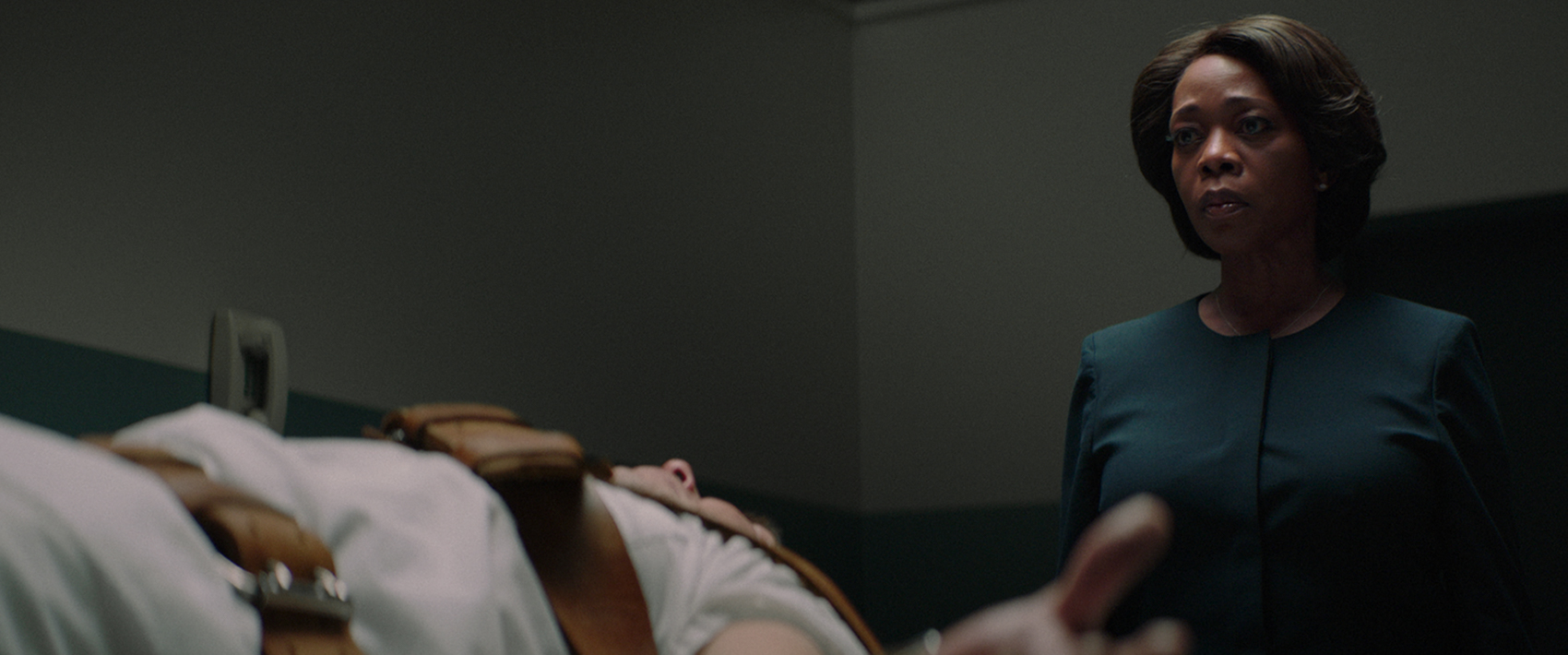
HOUSEN: Not when they were shooting. No. They shoot. They’ll be on set and I get dailies every day and I start to go through the dailies — put scenes together — and what’s good about that is if there’s something the director wants to see, you can upload something pretty easily and they can just take a look at the scene — how it’s coming together. Also if they’re trying to wrap out of a location and they want to make sure they have all the pieces, I’ll throw all the pieces onto the timeline. If they need to wrap out that day, I’ll show the director, “this everything you have.” You’d like to think everyone’s looking at dailies. Nobody’s looking at dailies on the set. They don’t have time. They’re doing shot lists for the next day. So it’s really up to me to look at the dailies.
So I’ll throw everything on the timeline so they can see that they have everything they need and then they feel comfortable wrapping out of a location. Then I put together a big, over-sized assembly — the editor’s cut, some people call it. And the director takes about a week off after they finish shooting. I’m usually about a week behind camera. That’s what I try to be. And they go away to relax and sleep for a week and then they come in — they watch the assembly. They want to kill themselves because the assembly is everything the movie isn’t. And then you get to work. You roll up your sleeves and you start in the beginning and you make the movie.
HULLFISH: What was that assembly like size-wise?
HOUSEN: It was probably about two and a half hours, which is normal. And it’s slow paced film.
HULLFISH: I like to call it “deliberate.”.
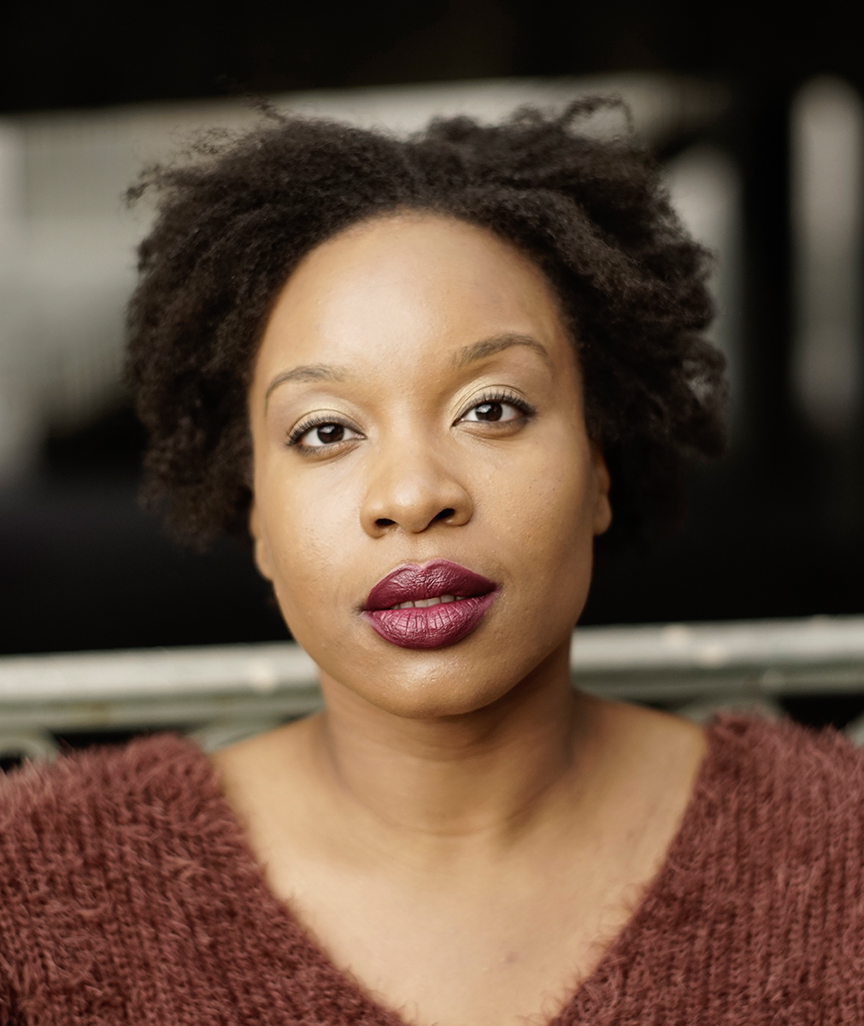
HOUSEN: Deliberate is good. I think Chinonye would like that as well. She really wanted the pacing of the film to feel like life in a prison. There’s a lot of repetition in what people do every day and that’s the life. That’s what happens. So it was very deliberate and she had a very strong vision for what she wanted the film to be and I was happy to make the footage do that for her.
HULLFISH: Did you feel like it could have gone in a different direction or that you personally might have and you sublimate your ego and say this is what you want so I will deliver?
HOUSEN: I don’t sublimate my ego. My ego is about the work and I’m not blowing smoke. Really. I came up learning and believing that my role is to support the vision of the film and the director. I want to make the film the best film it can be. I know a lot of people who want to show the director how they would make the movie. I don’t want to make this movie! If I’m gonna direct a movie — and I probably could — I’m going to direct a different movie. Plus, we don’t have enough time for me to show you how I would direct your movie. Now, that said, I am very outspoken. I’m very verbal about what I think and believe and I’m very opinionated and I will fight to the death for what I believe in.
You learn, after a while, what are battles to win and what are wars. But I’m not about showing a director how I would make their film. It just doesn’t make any sense to me.
HULLFISH: I totally get it, but I’m trying to understand the difference between “doing what the director wants” and “I will fight to the death.”
HOUSEN: I listen to what the director is trying to do and then I take the footage and pull out of the footage what I hear what I think it is. Now I cut it the way I want to cut it. I cut it the way I feel and then they may have a different sense of what a cut should be. That’s what I will argue about because that’s my work. I’m creating for you what you asked me to do. Stay out of my lane. So that happens a lot. Ultimately I think my opinion is appreciated. A lot of times you just have to show instead of tell. A big part of editing is that you have to get things out of the way so you can have clarity about what you really have. A lot of writer/directors have a hard time letting go of their children, right?
HULLFISH: Absolutely. Is there a methodology that you’re using for structuring the project?
HOUSEN: I come from a really heavy film assistant background. I learned from the best. I learned — as an assistant — how to structure bins and KEM rolls and we would set them up from wide shot to close-ups. So I like my assistant to structure my work that way. I like renaming. I like a bin to be a scene number. Within that scene, I like wides at the top and close-ups at the bottom. A lot of times I find assistants who don’t work that way. They like to work with a string out and I don’t cut that way. They’ll do it anyway. They’ll give me a string out of the whole scene and that’s not my mentality. I need to see each take as a take. And I think it comes from my background of working in film.
HULLFISH: And a lot of people I’ve interviewed who come from a heavy film editing background will argue that they DO work from KEM rolls because they started in film.
HOUSEN: Oh that’s so interesting.
HULLFISH: So in Avid people are very picky about the way the takes and setups are laid out in the bin. Are you the same in Premiere?
HOUSEN: Well, it ends up being in letter form. You assume, from the lined script that they — on the set — named their shots that way. 59 is a master. 59A is a two-shot, all the way down to 59KK which is an over-the-shoulder dirty single. I hate a dirty single.
HULLFISH: Really? Why do you hate a dirty single?
HOUSEN: Because when you have to cut back and forth the dirty is never where you want it to be. It’s never in the same position. I know it’s out of focus but it’s distracting to me. I think if you’re gonna go over-the-shoulder, go over-the-shoulder, which is a shot I like.
HULLFISH: So you said you don’t use a String out. Do you do selects reels?
HOUSEN: I don’t. That seems like a wasted step to me.
HULLFISH: So what are you doing as you watch clip after clip — take after take — in the bin?
HOUSEN: I handwrite notes. I watch dailies. I do it by scene. Do it by take. I also have the lined script. To me, the script supervisor is really the left brain of the director. It’s not always perfect, but I really try to follow their good takes, their favorite takes. That is my bible. I’m really in the lined script a lot.
HULLFISH: And is that also where you’re taking your notes: in the lined script?
HOUSEN: No. Notebooks. I have stacks of the composition with the black and white on the front – one for every movie I’ve cut.
HULLFISH: And do you feel like your notes are important to actually refer back to? Or are your notes just literally to get it into your brain?
HOUSEN: B. Get it out. I’m a writer, and I learned in school: if you write it down it’s going to stick. So that’s how I remember things.
HULLFISH: Not everybody watches every frame before they start editing.
HOUSEN: I don’t either. I watch circled takes. If I get excited about something, I’ll start editing because I just want to edit. And then, ultimately, if something doesn’t work I’ll go back and look at alternates. Or when I’m with the director we’ll look at alternates.
What I like to do with performance is: once we get structure for the piece — not pacing — but structure together, I like to take the characters one at a time and I think of them like they’re musical notes on a staff. And I’ll follow one character through the film. And are they high in the right place and low in the right place? And feel that wave. And if I need to change something out, that’s when I go look at alternate takes. Then what I do is go back and do relationships and are they in the right place at the right time or are they against each other at the right time? And then we look at alternate takes to make it a little higher or a little lower or whatever we need the feeling to be.
HULLFISH: So you’re sculpting the performance and the temperature based on knowing that you can find a different performance that’s slightly cooler or warmer?
HOUSEN: Yeah. If you’re lucky. Yes. Sometimes you can’t or sometimes you find it and then there’s a big thing right in the middle of it and you can’t use it. I really like to cut for performance and that’s a big part of the process for me. And I usually do that alone. I don’t really sit with the director and do that.
HULLFISH: So you’re getting excited about a circled take, putting together the structure of a scene and then are you watching all the dailies knowing what that structure is so you know what you’re looking for?
HOUSEN: I don’t think I do it the same way every time. Say it’s a traveling master and it’s four minutes long. If the director says that they like one of them, I’m not going to look at the rest of them so I can actually get something done that day. If later we want to look at alternates. We can look at them. Or if I have a slow day I can go look at more dailies, but having a slow day is rare. So in a situation like that, I’ll go with whatever the director wanted and — honestly — it’s usually the last one, on an independent film, usually once they get it, they move on and that’s the one.
In a lot of the scenes, there’s a lot of buildup in explosiveness in one particular character — Aldis Hodge’s character — you see that happen on screen. It’s fascinating. Those kinds of dailies you want to watch, because his performances — he does all his work without speaking. And to watch all the nuances of what he does and how he creates is unbelievable and then at the end, he gets explosive. So you see how they’re internally working up to that point.
HULLFISH: With performance are you trying to stay out of the way? Or are you always trying to manipulate?
HOUSEN: I’ve cut a lot of comedies and I’ve cut a lot of thrillers and that takes very sharp cutting. Comedy is all the timing and how long do you hold? It’s sort of like a slingshot. You pull it, pull it, pull it, let it go. The joke lands. You have to leave room for the laugh.
And then with thrillers, you tighten, tighten, tighten the screw. With this film being a drama and the pacing being so… what’s the word you used?
HULLFISH: Deliberate.
HOUSEN: So deliberate in its pacing, and the actors were so incredible, I found that I would stay on the acting much more until sometimes we didn’t need the words. And that was really interesting to watch and to give room for that. And so I was very very aware that that’s what I was doing and I think you feel it more. You feel the emotion more.
HULLFISH: So what was the tension and release of trying to decide how long you could stay on someone for a great moment like or how quickly you needed to move the story along?
HOUSEN: There is an area in the film that we leave for a very long time. Way longer than anyone ever would. And it has a lot of impact. It sucks you into the movie and we stay. That’s one of the things that — we didn’t argue about it — but I just said, “We can’t leave this so long.” And she said, “I want this.” And as we went along I came to love the boldness of the move and I love the shot.
HULLFISH: Did you have to do anything ahead of or behind that shot sculpting the timing around it to allow for that to happen?
HOUSEN: Yeah. We had to slow things down to get to the stop.
HULLFISH: Was there anything in this movie that changed dramatically from the script and why did you need to change it?
HOUSEN: In the script, there was much more “outer world” outside the prison. There were protesters outside and there were television interviews outside and other characters had a life out of the prison. What we found though as the film went on, it became much more internal for the Alfre Woodard character and instead of seeing what was going on outside the prison, we heard it through her. So she would be in her office and we would hear it vaguely outside but we didn’t see it anymore and that was kind of interesting. And slowly the film really becomes internal for her.
HULLFISH: And for those people who haven’t seen the film, her character is the prison warden who has to manage an execution and is hoping for clemency before that happens.
HOUSEN: It’s really about what impact that has on a person’s life — in their mind and in their soul and outside, in their home. It really focuses on what does it do to the workers in the prison system that are forced to do this. And that’s a really interesting conversation.
HULLFISH: Are there multiple viewpoints or is this mostly seen through Alfre’s character?
HOUSEN: It’s mostly her story but when the film ends it’s the beginning of the conversation. This is kind of movie that you go out and have a cup of coffee with after because everybody feels very differently about the death penalty.
HULLFISH: Let’s talk about Premiere. Why do you like using Premiere?
HOUSEN: When I’m forced to cut an on Avid — and it’s forced because I don’t like it — the rigidity of Avid is crazy-making! The intuitive aspect of Premiere for me — I’m a very Mac-savvy person, and it has that Mac flavor. I just find it much more accessible and it becomes really an extension of my fingers and I don’t have to think about it. When I’m working in Avid I’m always looking for something. With Premiere I don’t really think about the software. I can focus on the screen as opposed to focusing on my hands, and I think that’s a big difference.
HULLFISH: How was your transition from FCP7 to Premiere?
HOUSEN: Early on a friend said, “You can put your FInal Cut settings onto the keyboard,” which I did in the beginning. I was a long time coming to digital. I had a difficult time. I was a purist and a film lover and I studied film theory and history and I love film so much. We saw all of the editors we worked for panic. They didn’t know what to do. And the assistants had to learn how to work digitally. And I really had a hard time with it.
But I learned it, and I learned it on Final Cut, and then by the time I got to Premiere, it was so accessible and easy for me that I was past that fear of learning a new piece of software. It’s just software. Editing is just a tool. And the fact that it was so easy to learn is what made it so likable for me. It just came very naturally, very easily.
HULLFISH: When did you make the switch from editing on film to digital?
HOUSEN: On Kill Bill we used Avids. I didn’t go to Final Cut till later. Everyone was cutting on Avid in Hollywood. Quentin and his DP, Bob Richardson, shot the film in three perf configuration so there was no negative that we could ever use to print from. They wanted to save money in developing so we immediately transferred to HD tape. That was all the rage back then.
So there were a lot of assistants. There were probably a dozen of us on the movie — different levels of assistant. When I came onto Kill Bill, it was still supposed to be one giant movie at that point. I remember the day I came and had to watch the film — it was six hours long and I just sat there and watched…blown away. That was my first day of work.
HULLFISH: So you watched Kill Bill and Kill Bill 2 back to back.
HOUSEN: Yeah. They shot them at the same time. It took over a year and a half. It was quite a job. But my job was so amazing because Quentin came back to the cutting room and he’s like, “Where’s the film? I want to watch film.” and there was no film. So Miramax wanted Quentin to be happy so some of the assistants created some algorithm to recreate a four-perf optical negative and they printed from that. And my job was to daily keep the print cut up to date with what was edited in the Avid. So I didn’t have to deal with any of the Avid issues. I just cut film based on what Sally and Quentin were doing.
HULLFISH: From an Avid film cutlist?
HOUSEN: Yes.
HULLFISH: So you’d get a change list out of the Avid and conform the film on a daily basis.
HOUSEN: It was a great job because I was still cutting film but I was right in the minds of Sally and Quentin. I was right at the cuts. And that was an amazing learning experience for me, to see the changes day by day, a frame at a time.
HULLFISH: So very rarely do I get the chance to talk to somebody that worked under Sally. What are some of your big takeaways from the things that you learned from her?
HOUSEN: To actually be in her head for those Kill Bill edits. Those two were Siamese twins. You never knew what he did and what she did, which is what happens most of the time in the cutting room. But they really really worked so well together. She was a mentor to a lot of women my age. It was an interesting time because Sally’s generation — she’s probably 10 years older than we were… maybe twelve — they had made their way to their positions and they were very territorial and some of the women then didn’t want to help younger women come up in the world. But she did, and she brought a few of us in along with her.
We would sit at lunch and we would just talk about movies. There was so much love for film. You don’t feel that love for film anymore, which is a little sad. I think it’s sad that we’re losing that. I try to tell people about it but a lot of the kids I work with, they don’t care.
Mentoring young editors is really different now. Editors like Sally wanted to mentor us. They wanted to teach us. Now assistants are in another room down the hall, and you barely have that relationship anymore. So I think that’s a loss.
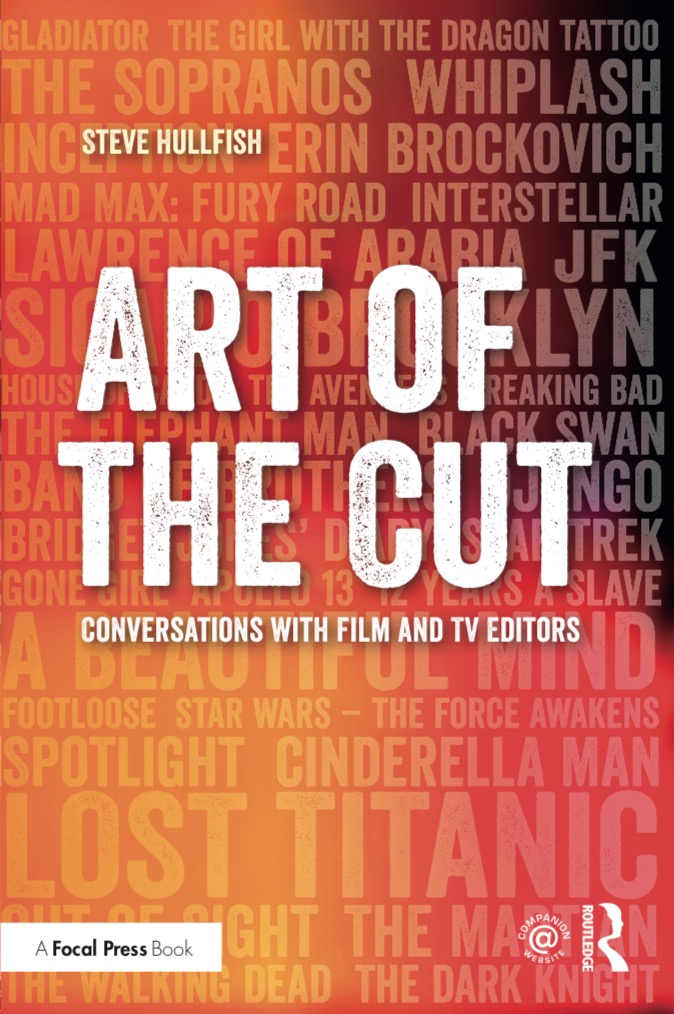
To read more interviews in the Art of the Cut series, check out THIS LINK and follow me on Twitter @stevehullfish
The first 50 interviews in the series provided the material for the book, “Art of the Cut: Conversations with Film and TV Editors.” This is a unique book that breaks down interviews with many of the world’s best editors and organizes it into a virtual roundtable discussion centering on the topics editors care about. It is a powerful tool for experienced and aspiring editors alike. Cinemontage and CinemaEditor magazine both gave it rave reviews. No other book provides the breadth of opinion and experience. Combined, the editors featured in the book have edited for over 1,000 years on many of the most iconic, critically acclaimed and biggest box office hits in the history of cinema.

Filmtools
Filmmakers go-to destination for pre-production, production & post production equipment!
Shop Now